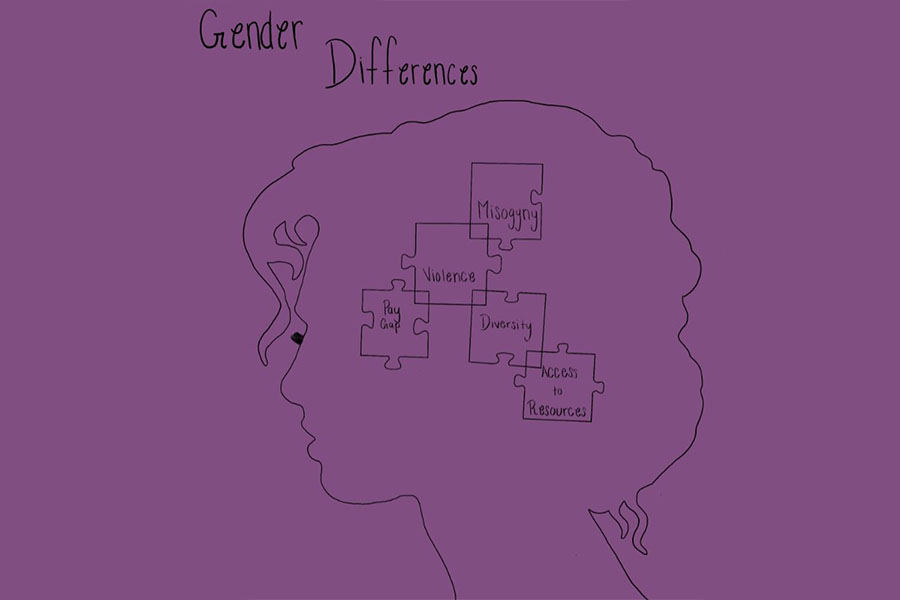Newly elected Canadian Prime Minister Justin Trudeau appointed 15 women to his 30-seat cabinet in early November. It is the first time in Canadian history that the parliament ever had a gender-balanced cabinet.
While it’s good news for Canada, I wonder why the United States hasn’t followed in Canada’s footsteps by appointing more women in our government.
Assemblywoman Jacqui Irwin, who represents California’s 44th district, said she believes that having a gender-balanced cabinet would benefit our country.
“It’s very encouraging to hear what’s happening in Canada but we have a long way to reach that [50 percent] number,” Irwin said in a phone interview.
According to the Center for American Women and Politics, only seven out of 22 cabinet-rank positions, excluding the office of the vice president, are held by women. In Congress, women only hold 104 out of 535 seats or 19.3 percent.
Having a gender-balanced legislature and cabinet would address issues such as income inequality and paid maternity leave.
Irwin believes that women would offer new perspectives on certain problems where men lack the knowledge to understand.
“Women look at issues differently than men do,” said Irwin. “If you look at the women’s caucus in the legislature, we have priorities like income equality and child care. Women are very interested in education and so it is very important to hear a diversity of opinions that can only come from having enough women in positions of decision making.”
It seems to me that women representatives would know the importance of paid maternity leave better than their male counterparts.
The U.S. is still part of very few Western countries where both male and female employees are not guaranteed paid time off to care for their new born child, according to the United Nations.
If we had more female representatives in our government, those issues would be addressed. Fathers and mothers would certainly have more time to spend with their newborns. Working women would also be less afraid to have children without fearing the possibility of losing their job or having a mindset that babies would be a hindrance to their career advancement. Furthermore, both men and women should receive the same pay for the same work.
Sweden is a country that has already looked at these two issues. It’s parliament consists of 52 percent women, according to Charlotte Alter in her article for the Time magazine titled “Here’s What Happens When You Put More Women in Government.”
“[Sweden’s] public benefits assume a dual-income family where both men and women are working and contributing at home, and as a result they have among the highest female employment in the [European Union],” Alter wrote. “Compare that with U.S. policies, where the absence of paid family leave causes enormous stress for women and families, and often leads women to drop out of the workforce altogether.”
Congresswoman Julia Brownley who represents California’s 26th District said she believes that the government should reflect the people it represents .
“The fact that women comprise half of our population should be reflected in our government,” Brownley said in an email. “We should do all we can to close the gender-gap and encourage more women to run for office and serve in leadership positions in their communities, and in our country.”
Of course, there would be obstacles in appointing more women in our government because our representatives serve a fixed-term and therefore are less shuffled compared to the other countries. But it shouldn’t stop young women from running for governmental offices and bringing a brighter future to our country.






